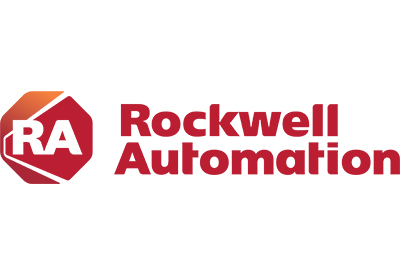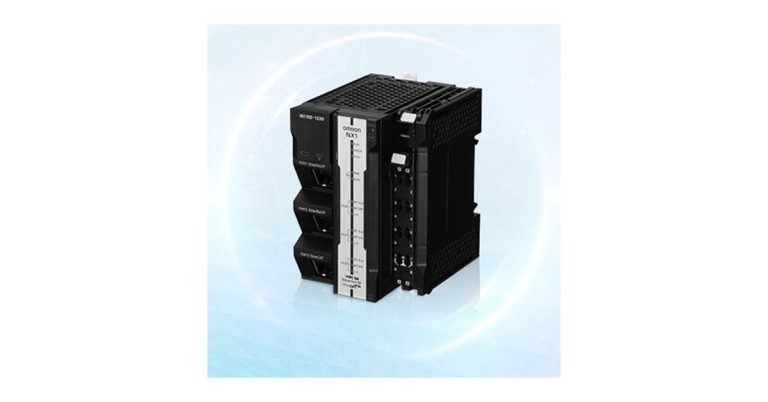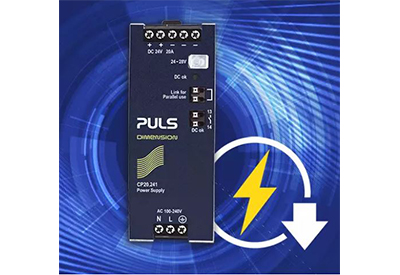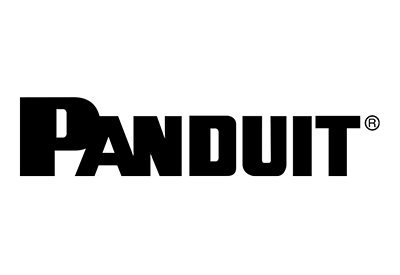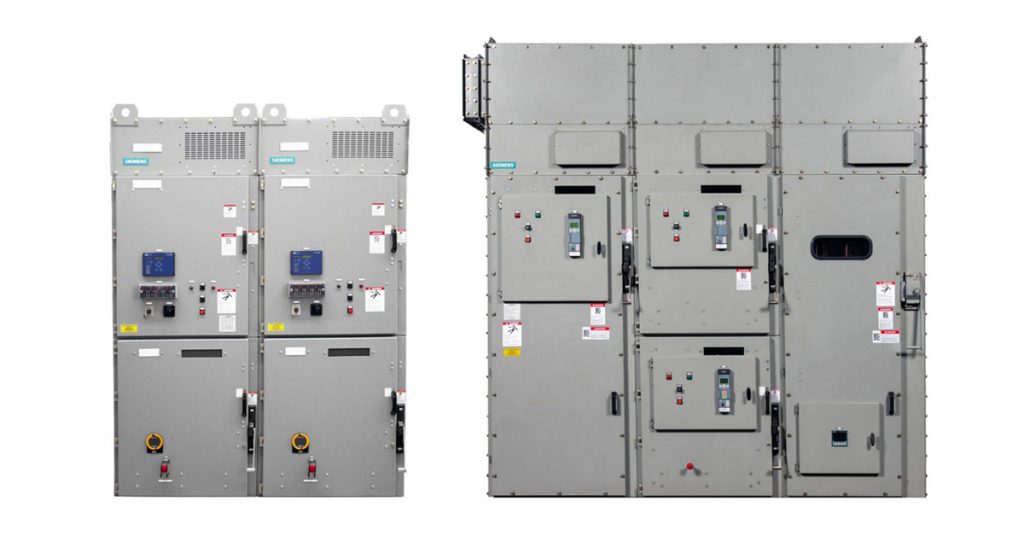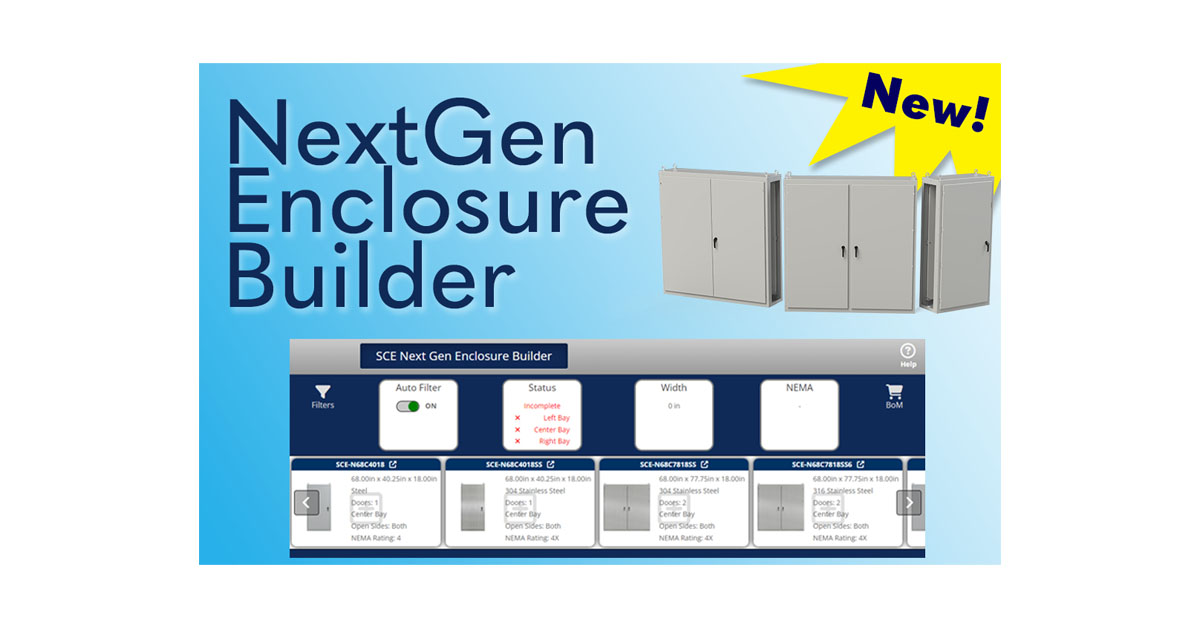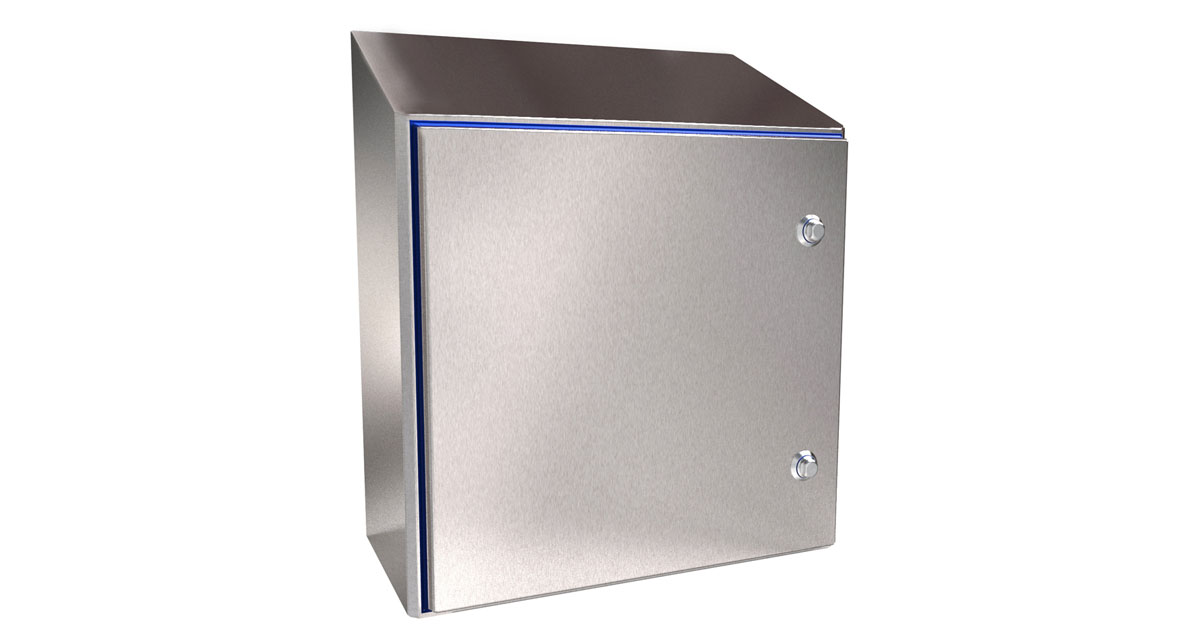Making Legacy Industrial Control Systems Cloud Compatible
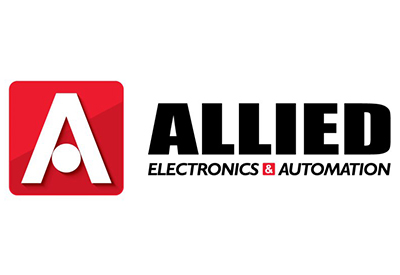
March 29, 2022
By Allied Electronics & Automation
Allied’s Ask the Expert series showcases the unique experience and expertise of subject matter experts hailing from the more than 550 global suppliers that Allied partners with to provide customers with effective solutions for all of their design challenges.
For this edition of the Allied’s Ask the Expert series, we spoke with Zachary Stank, the product marketing manager for Phoenix Contact’s line of control, safety, and I/O solutions, about the challenges of getting legacy industrial control system data to the cloud, the operations that managers and executives need to consider before taking action, and how flexible programmable logic controllers (PLCs) can make it easy for even legacy systems to transmit data to the cloud.
What are the most important considerations for factory operations managers looking to transmit data from legacy industrial control systems to the cloud?
Corporate initiatives aimed at making legacy industrial control systems cloud compatible are becoming increasingly common as the demand for automation continues to grow. The first step that anyone who wants to send data from the operational side to the cloud should take is to reach out to their IT department. Given the rampant occurrence of security breaches, you don’t want to open up your operational technology (OT) infrastructure to the internet without getting IT involved. The second step is to define some key parameters by asking questions such as: What type of cloud do we need: on-premise, software-as-a-service, infrastructure-as-a-service, platform-as-a-service, or business-process-as-a-service and private, community, public, or hybrid? Is there already a preselected cloud service provider? What reporting capabilities do we need? Does the data just need to be available for certain people to act on as needed, or are multiple screens that can give executives greater insights into day-to-day operations more desirable? For example, do they want to see power usage over time or how many items were made in a day?
Getting your data to the cloud sounds easy, and it can be with today’s cutting-edge equipment, but physically transmitting data from legacy industrial control systems to the cloud can be a real challenge — and especially if they’re equipped with PLC systems that are five, 10, or 15 years old, as these machines weren’t developed with the cloud in mind. But there are options: You can either add a system to your automation and control platform that can transmit data to the cloud, or you can find a way to get the data off the PLC and then use an IT system to send it to the cloud you want.
How important is user friendliness for edge gateways and IIoT interfaces given that many factories require multiple people to view the data generated by their industrial control systems?
User friendliness is actually most critical when it comes to connecting to the cloud, as the data visible to personnel including maintenance managers, operations managers, and plant managers is dependent on the cloud type they choose to use.
The biggest hurdle in terms of data visibility has always been just getting the data out of the PLC. Many platforms that were developed, tested, and put into place within the last few years — including greenfield software applications developed from a clean slate — still don’t have PLCs designed to readily transmit data. And if you don’t have an out-of-the-box solution for connecting the PLC to the cloud, trying to create a workaround solution can be daunting, as well as inelegant and inefficient. As such, “We need the data out of our systems now,” is not a simple request to make of a maintenance or control technician. Adding hardware to a system that is not going to interact with that system or change anything within the system but will be quick and easy to use in terms of transmitting data to the cloud is very difficult for factory operators to do on their own.
The PLCnext Edge Gateway software was made with this difficulty in mind. It provides technically minded personnel tasked with delivering data connections much more quickly than they could develop their own software or learn a new programming language with a quick and easy way to extract data from an industrial control system and send it to the cloud with existing tags from a Modbus or IP system, or even through hardwired I/O connected directly to the gateway.
Data and cybersecurity for industrial control systems are relatively new areas for factory owners and operators to contend with. What are some of the issues they need to be aware of?
When implementing an IIoT and edge gateway solution to transmit data from a legacy industrial control system to the cloud, the biggest issue is often establishing a clear understanding what an edge gateway is. People in the OT space sometimes assume that edge gateways come with an integrated network connection and automatically connect to the internet, whether through 4G or some other type of wireless connectivity, but that is not the case. Instead, users will need to bring their internet connection to the device, which will require involving the IT team in the setup.
As with other IIoT gateways, the PLCnext Edge Gateway has firewalls implemented and meets the IEC 62443 security standard for industrial control systems to ensure it is designed and built from the ground up with safety and cybersecurity in mind. However, the IT team still needs to be responsible for that connection to the internet, establishing a clear understanding of factors including what the device will be connected to, what the IP and MAC addresses are, why the device needs to connect, how often it needs to connect, where the data is going, and what ports they need to enable to ensure that the operational technology remains secure from potential threats. So, the bottom line is that the security designed into IIoT and edge device hardware is only one part of the equation. For instance, you don’t want to connect your edge gateway to just any Ethernet jack. Instead, you’ll want to make sure that your connections are secure and that you’re not creating additional vulnerability by plugging things in where they shouldn’t go, which IT can also assist with.
How do factory managers get their legacy industrial control system data to the cloud using the PLCnext Edge Gateway?
PLCnext technology from Phoenix Contact is a whole product ecosystem extending from controllers and hardware through to the standard operating IEC 61131 software, PLCnext Engineer, which contains the necessary building blocks for cloud connectivity. So, if you use one of our PLCnext controllers and want to transmit data to our cloud service, Proficloud.io, it’s as easy as a checking a box. That being said, we realize that everyone isn’t using a PLCnext controller to run their machine or interested in using Proficloud.io, so we also developed an easy solution designed to transmit data from any industrial control system to any cloud.
The PLCnext Edge Gateway is a software application that can be installed on top of our PLCnext Control hardware and requires zero programming, so you don’t need to know ladder logic, structured text, or any high-level language like Java or C to use it. Instead, the PLCnext Edge Gateway features a user-friendly web interface that allows you can take tags from your existing control system and easily manipulate data. For instance, if you’re getting a 4–20 mA signal and want to turn it into volume or flow or temperature, you can manipulate that data within the web interface and then transmit the raw and/or manipulated data directly from your screen to the cloud of your choice, whether it’s AWS, Microsoft Azure, Google Cloud, Proficloud.io, or any other option. Just click on the option menu and add the string or token from your cloud provider to securely upload data to the cloud.
The app also works hand-in-hand with PLCnext Control devices for Axioline F Series I/Os, flash memory, and the PLCNext Technology starter kit, I/O products including the Axioline F Series and Axioline Smart Elements Series I/O modules, and network and communication products including TC and TC mGuard routers. When you take a PLCnext Control device out of the box, simply connect it to a computer, go to PhoenixContact.com/US-EdgeGateway, click “Download now,” and run the installer. Once you complete this last step, your hardware will be an edge gateway.
What makes the PLCnext Edge Gateway stand out from its competitors?
There are a lot of edge gateways out there with different features and benefits. PLCnext technology is different because it is all based on an open platform. For example, one of the biggest advantages of the PLCnext Edge Gateway is that you’re not stuck using it. Once you have the hardware in your system, you have the full onboard control capabilities of a PLCnext controller. So, although you might initially add the PLCnext Edge Gateway to a controller to transmit data from your industrial control system to the cloud, you also still have a full-blown IEC 61131 controller that is open, IoT-ready, and capable of supporting the future development of your automation and control platform with the addition of new I/O, new types of tags, or high-level programming language, which creates virtually unlimited development possibilities. Plus, as previously mentioned, you can take hardware you already have in the field or on your shelf and turn it into an edge gateway by simply going to our website and downloading the app from the PLCnext Store.
![]()
https://www.alliedelec.com/expert/making-legacy-industrial-control-systems-cloud-compatible/

